What is a Therapeutic Garden?
What are Therapeutic Gardens?
Therapeutic gardens are green spaces which are designed specifically as a solution for physical health and emotional wellness. It is a garden which can contribute to the improvement of a person’s psychological well-being, physical and aerobic strength, heightened spirituality, and improved social connections.
Of course therapeutic gardening is far more than a simple definition of a type of garden design; it can be expanded to include many outdoor landscaped areas, green spaces, and even activities which can be accomplished in a garden or open park expanse.
List of Seven Top Characteristics of Therapeutic Gardens
- “Scheduled and programmed activities:
A horticultural therapy program guiding and promoting a program of activities and experiences in the garden is ideal.” - “Features modified to improve accessibility: Garden elements, features and equipment are all selected or modified to provide accessible places, activities and experiences to the greatest extent possible. Each modification to the therapeutic garden environment eases the task of gardening. It can enhance the horticultural experience for the visitor/gardener. This enables visitors to see and even to study plants, to touch or smell them. [They will] encounter the luxuriant garden growth in their own way, on their own terms and at their own pace.”
- “Well defined perimeters: Edges of garden spaces and special zones of activities within the garden are often intensified to redirect the attention and the energies of the visitor to the components and displays within the garden.”
- “A profusion of plants and people/plant interactions: Therapeutic gardens introduce individuals to planned, intensive outdoor environments. [These areas are] conscious provisions of spaces and places for restoration, horticulture education, therapy, and for social exchanges. Organized into legible and verdant, plant-dominated open spaces with simple patterns of paths and workplaces. Gardens promote four seasons of sensory stimulation.”
- “Benign and supportive conditions: Therapeutic gardens provide safe, secure and comfortable settings for people. The avoidance of potentially hazardous chemicals such as herbicides, fertilizers, and insecticides, the provision of shade and other protective structures, the flourishing plants, and the protected and protective nature of the therapeutic garden offer personal comfort and refuge to the garden user.”
- “Universal design: Therapeutic gardens are made for convenience, enjoyment, and a wide range of conditions. As practical and pleasurable landscapes for people of all ages and all abilities, these gardens commonly stimulate the full range of senses including memory, hearing, touch, smell and sometimes taste as pleasurable alternatives to the visual experience of gardens.”
- “Recognizable placemaking: Therapeutic gardens are frequently simple, unified and easily comprehended places. An intensified recognition of garden patterns and garden experiences enhance the unique identity of a garden as a special place for the people it serves. Placemaking, an important strategy in all landscape design efforts, heightens the visitor’s focus on plant-related sensuality, comfort, and independence experienced within a therapeutic garden.”
Therapeutic Gardens and Well-Being
According to the American Therapeutic Garden Association, horticulture and horticultural design can play a significant role in social development and well-being. Discovering an outdoor place where you can connect with nature therapeutically while performing green activities can be life changing.
Definitively “green activities” can be many things. Gardening, yoga, art, music, walking, running, and even cycling in nature and garden-like locations. Even environmental conservation work done outdoors. These things combined with regular activities in a horticulturally designed setting. They address your personal wellness needs and are a lifestyle choice that contribute to a more secure feeling of well-being.
Brain Neurotransmitters in the Garden
While we know that the bacterium strain Mycobacterium vaccae has been shown in studies to trigger the release of serotonin when a person has direct skin-to-dirt contact with soil, there is also further proof that dopamine levels increase in the brain when gardening or participating in green activities as well.
Both serotonin and dopamine are pleasure center neurotransmitters which are associated with happiness, joy, pleasure, and love. Serotonin specifically regulates mood, memory, and impulse. Dopamine is closely tied to euphoria, enjoyment, motivation. Dopamine is also responsible for those magical feelings of “falling in love”. When depression is caused by a chemical imbalance, it is often associated with an insufficient level of dopamine in the brain.
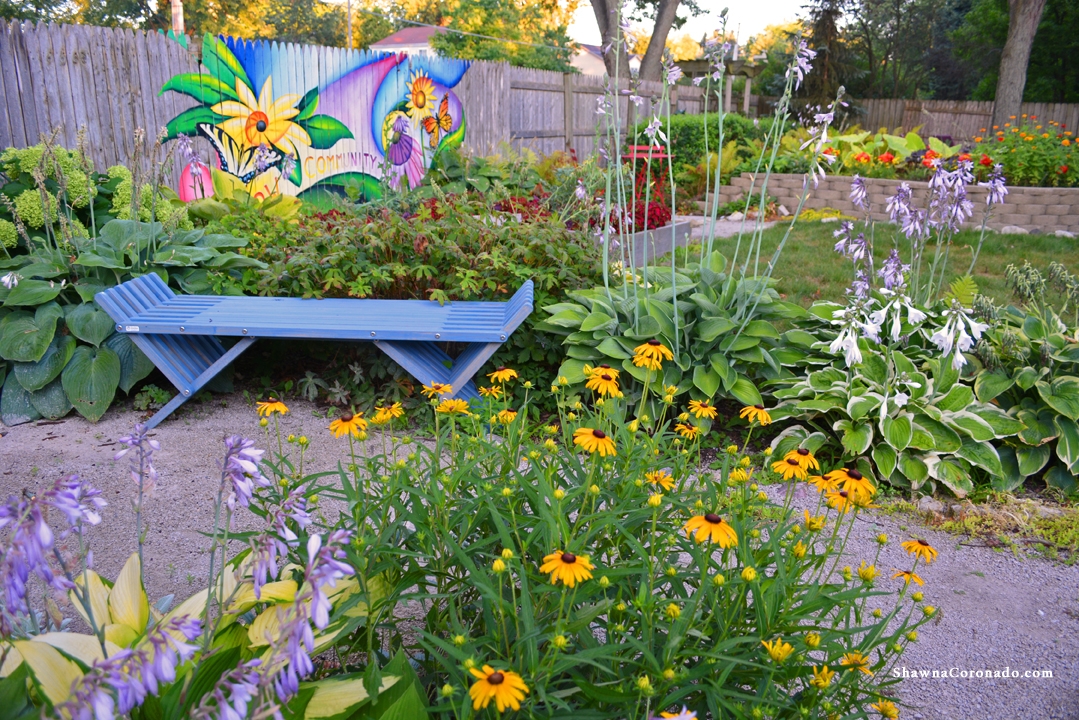
Therapeutic Gardens Promote Sunlight and Serotonin
Another proven serotonin stimulator is sunlight. By exercising outdoors in therapeutic gardens or walking outdoors in nature daily, you are exposing yourself to the daylight spectrum. It is a good practice to expose yourself to daylight without sunglasses for twenty minutes every day.
Women and Serotonin
Dr. David Edelberg, M.D., confirms in his book, The Triple Whammy Cure, that improving serotonin levels can reduce stress levels. The book, although applicable to most everyone, focuses on women’s health. Dr. Edelberg states that the more serotonin you have, the better you are able to tolerate all types of extreme stress. He also proposes that women have less serotonin than men do, which makes them more susceptible to stress related issues in general. He encourages everyone to try daily sunlight exposure (follow doctors orders if you have an eye condition that might be harmed by bright light exposure).
Let in the Light
Sunlight exposure also appears to be an effective treatment for winter-based seasonal affective disorder (SAD). This particular type of depression is related to changes in the seasons, starting as the daylight ebbs in fall and stretching through the season until there is more daylight exposure after winter. SAD saps energy and can make you feel moody and sorrowful. Performing green activities outdoors with exposure to daylight has a significantly positive effect on the patient. Therefore therapeutic gardens can be for a winter experience as well as a warm season experience.
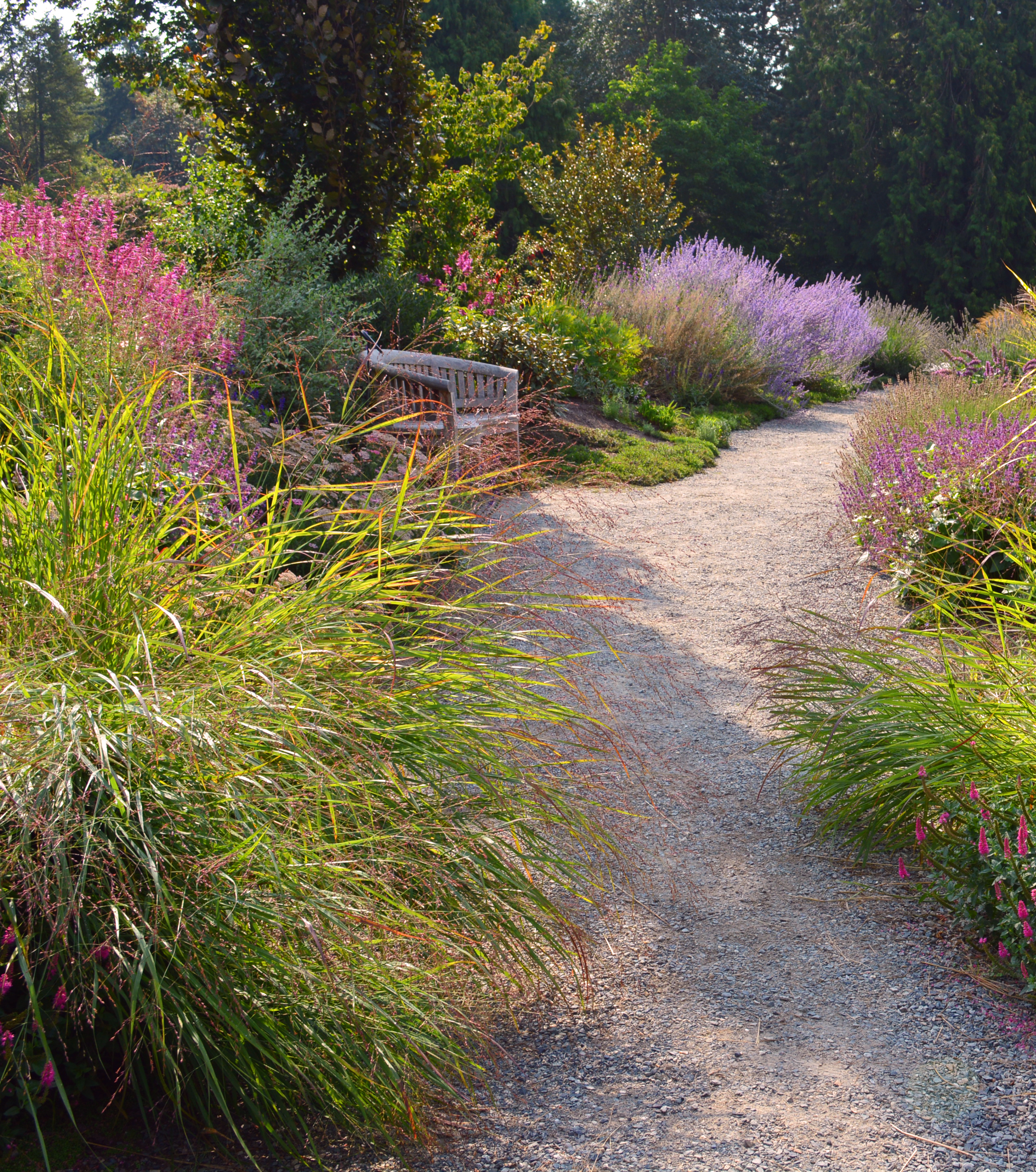
Therapeutic Gardens Help Us Live Mindfully
One of the great benefits of therapeutic gardens and nature in general is that time spent enjoying these places lends itself to mindfulness. When your mind is filled with all the thoughts about work, finances, and family, there is no better cure than to weed the garden, sit on a quiet patio, or tend to your plants. Gardening when we are distraught or stressed about something that is weighing heavily on us enables our minds to be intrinsically focused on the present. Life’s difficulties and dramas melt away as we address our task.
Plants need love. Tending them takes our eyes, our hands, and our hearts. While out in the garden and very focused on our tasks we hear the birds and wind through the trees, we see the beauty before us in flowers and color, we touch the soil and plants, we smell the magnificence of all of nature on a spring day, we can taste the harvest of a strawberry. Gardening stimulates all the senses and the act of gardening is giving to someone else more important than ourselves; Mother Earth.
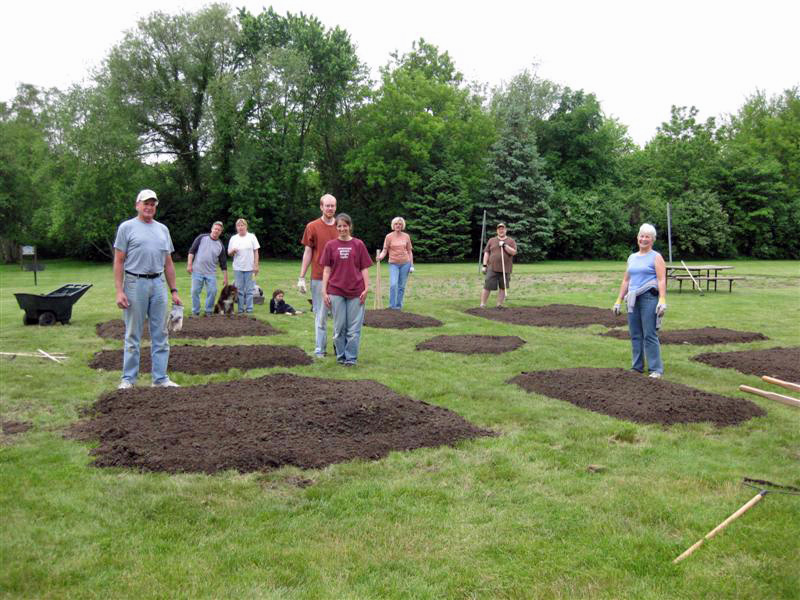
Who Benefits from a Therapeutic Garden?
Garden spaces designed to meet psychological, physical, and spiritual needs of the people visiting it is generally what defines therapeutic gardens. The good news is that family members, caregivers, and community of all sorts can also benefit from a therapeutic garden. Therapeutic Gardens can be found in many settings like hospitals, nursing homes, cancer centers, and retirement centers, however, one of the best places for a therapeutic garden can be your home.
When designed with physical disabilities in mind, the garden might be a combination of plants and hard-scapes which attracts wildlife and calms the soul or encourages exercise.
Therapeutic Landscapes Network is a tremendous place to get started learning about therapeutic landscapes, or finding a therapeutic landscaping expert.
Please build a therapeutic garden for your family’s physical health, emotional wellness, and spirituality.

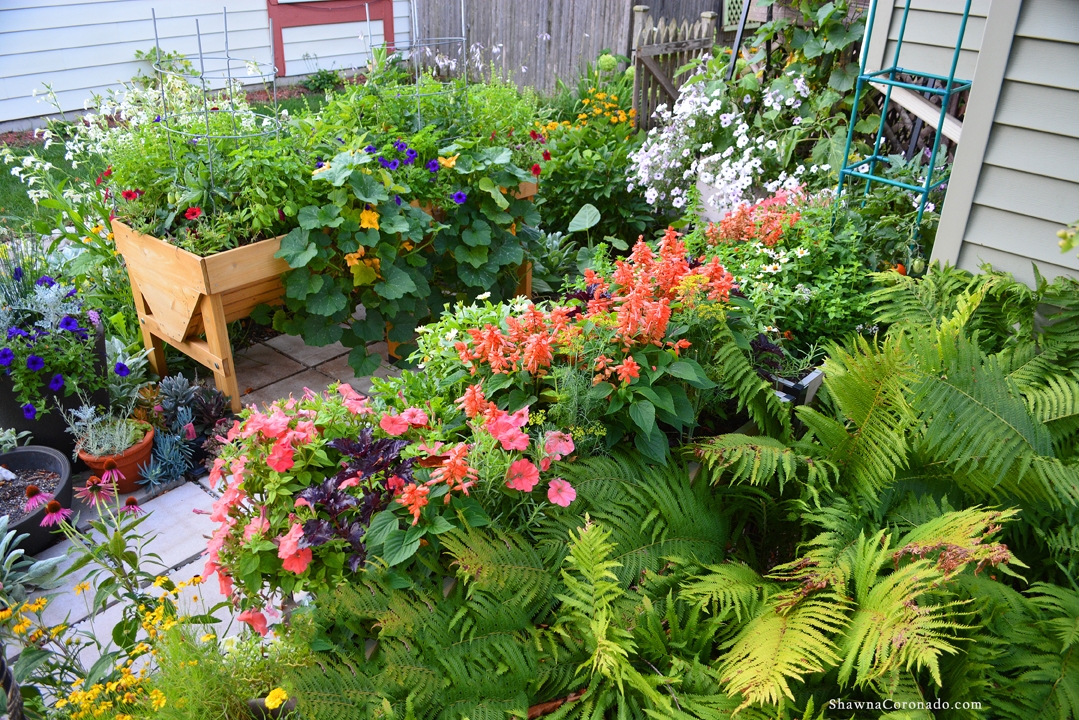
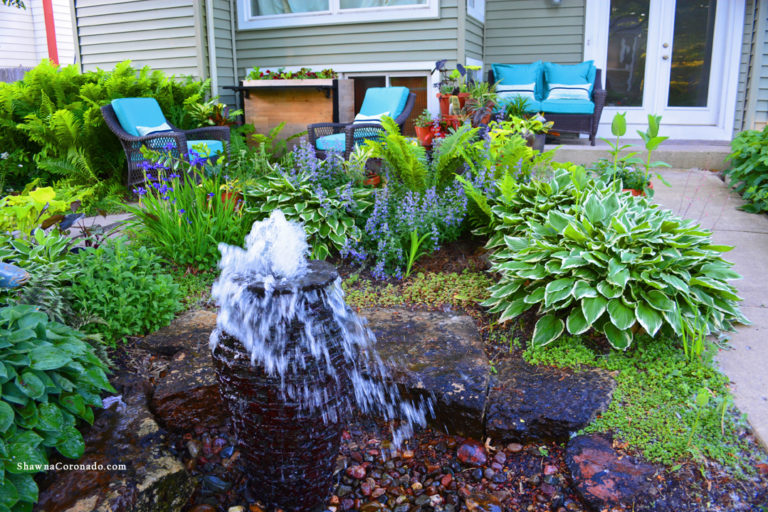
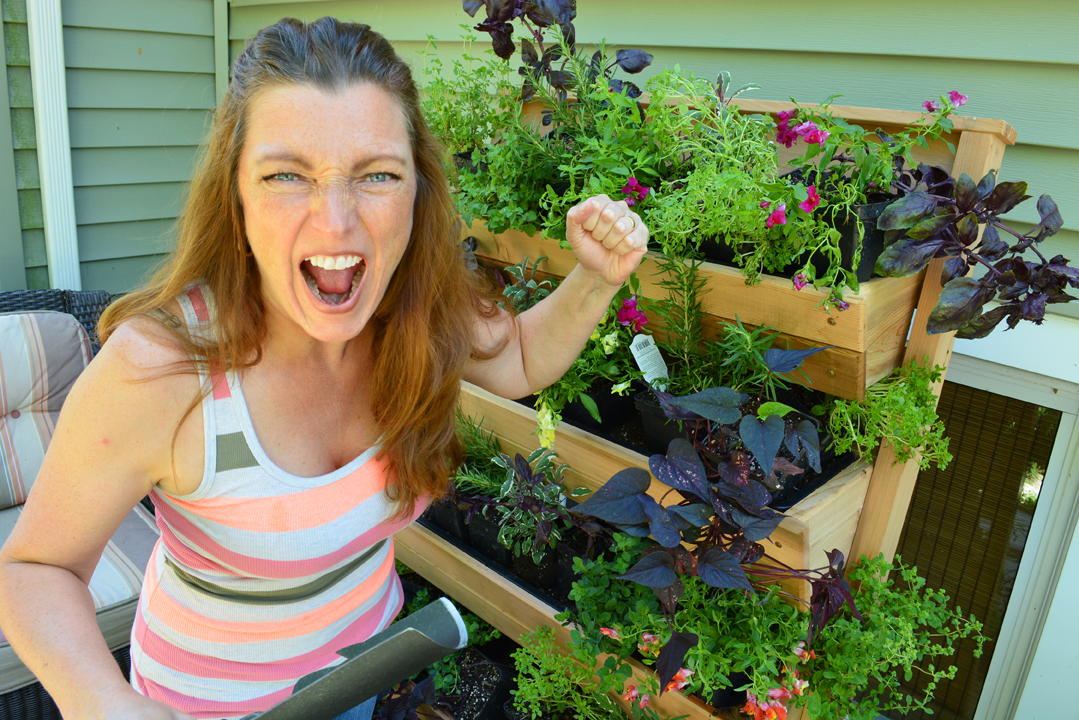
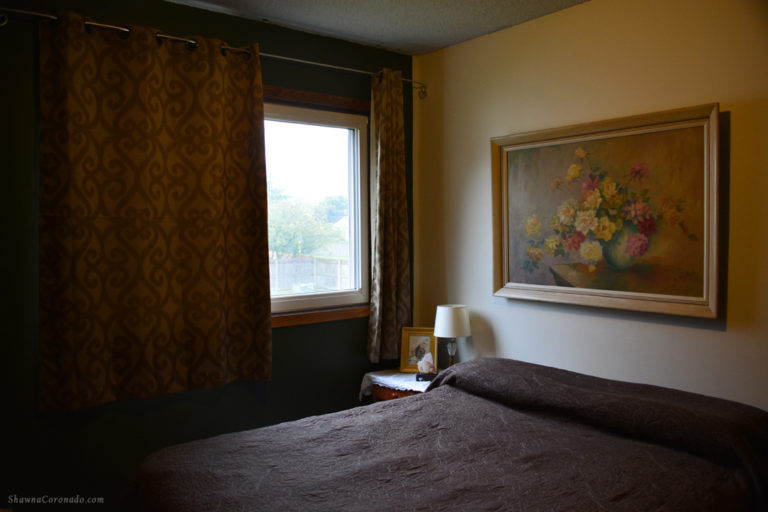
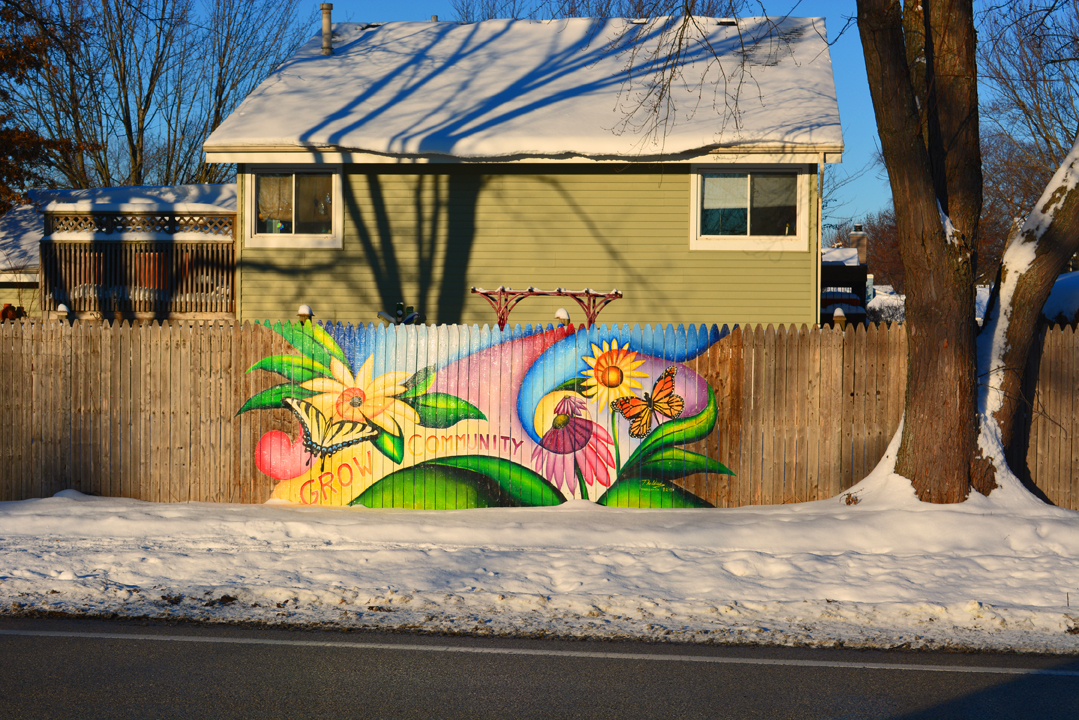
Great post, Shawna! Thanks for getting the word out, and for the mention:)
Thanks Naomi – you inspired it. 🙂
what a great gift. nice blog entry
Giving back to others is precious and if we can do it with a garden – all the better. 🙂